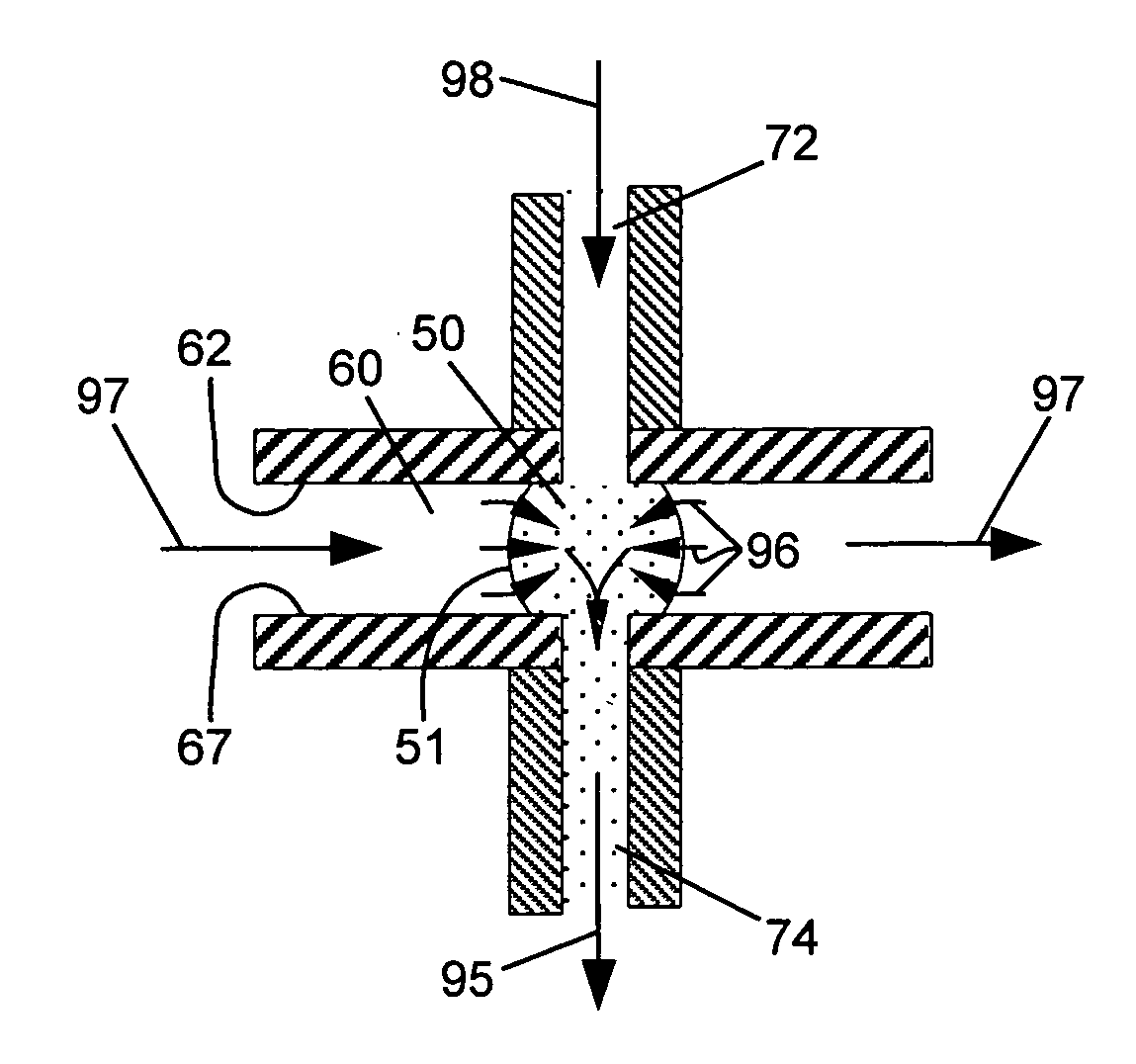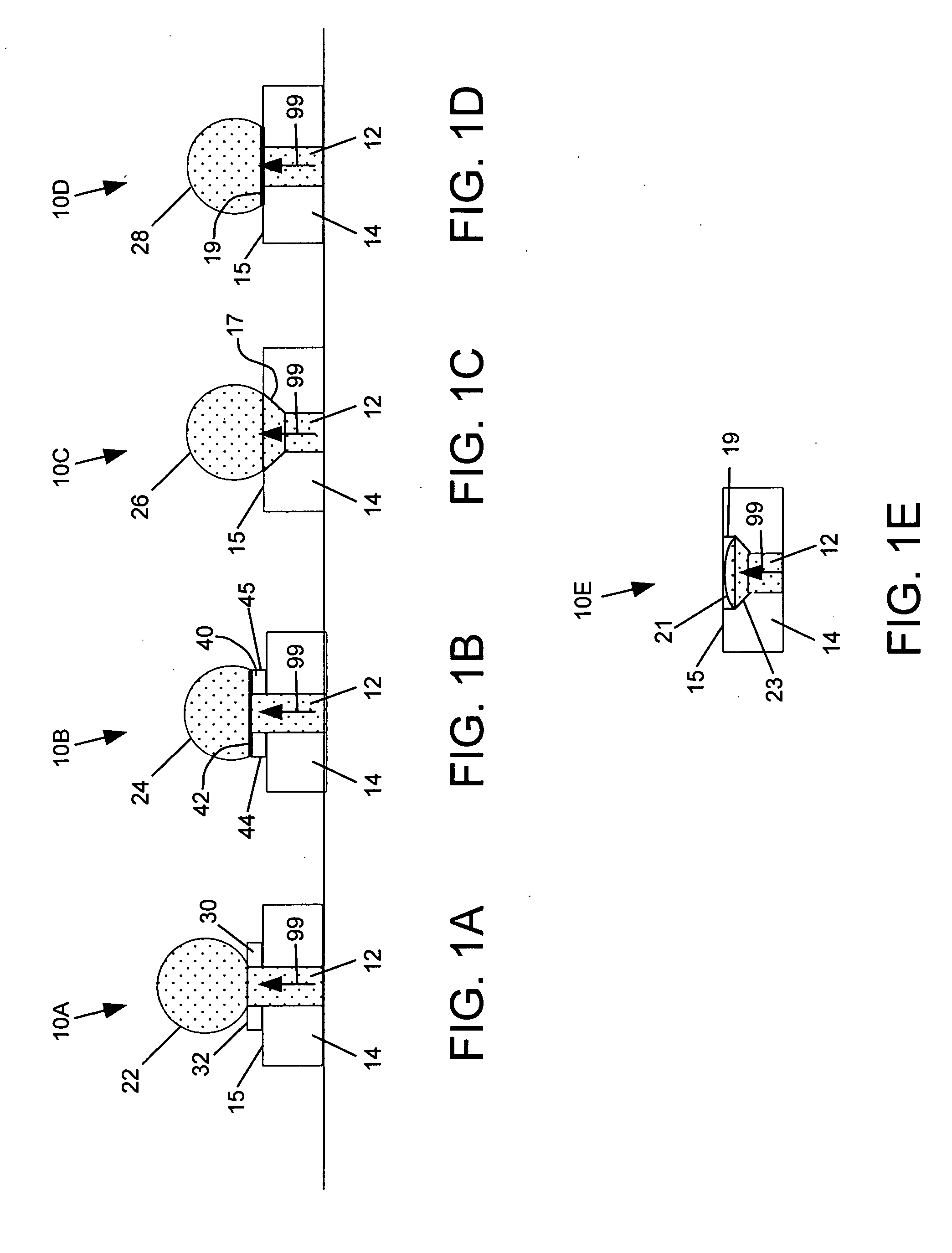Airborne material collection and detection method and apparatus
a detection method and airborne technology, applied in chemical methods analysis, laboratory glassware, instruments, etc., can solve the problems of ineffective capture of hazardous contaminants, gas or mist, other materials of low inertia, and inability to efficiently collect materials, etc., to achieve efficient communication with central locations
- Summary
- Abstract
- Description
- Claims
- Application Information
AI Technical Summary
Benefits of technology
Problems solved by technology
Method used
Image
Examples
Embodiment Construction
[0064] For a general understanding of the present invention, reference is made to the drawings. In the drawings, like reference numerals have been used throughout to designate identical elements.
[0065] As used herein, the term “hazardous contaminant” is meant to indicate a substance that has an adverse effect on another entity in the environment in which the substance is present. In particular, the adverse effect may be direct short-term or long term harm to the health of a human or other life form. The adverse effect may be the pollution of another material used by the human or other life form, e.g. drinking water. The adverse effect on a non-living entity may be a degradative effect, for example, the corrosion of a metal. In this specification, the terms “hazardous contaminant” and “contaminant” are used interchangeably, with the latter being used for the sake of brevity.
[0066] It is to be understood that in the description of the present invention in this specification and draw...
PUM
| Property | Measurement | Unit |
|---|---|---|
| diameter | aaaaa | aaaaa |
| diameter | aaaaa | aaaaa |
| diameters | aaaaa | aaaaa |
Abstract
Description
Claims
Application Information
 Login to View More
Login to View More - R&D
- Intellectual Property
- Life Sciences
- Materials
- Tech Scout
- Unparalleled Data Quality
- Higher Quality Content
- 60% Fewer Hallucinations
Browse by: Latest US Patents, China's latest patents, Technical Efficacy Thesaurus, Application Domain, Technology Topic, Popular Technical Reports.
© 2025 PatSnap. All rights reserved.Legal|Privacy policy|Modern Slavery Act Transparency Statement|Sitemap|About US| Contact US: help@patsnap.com



